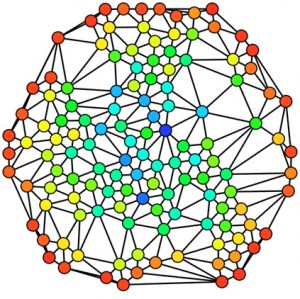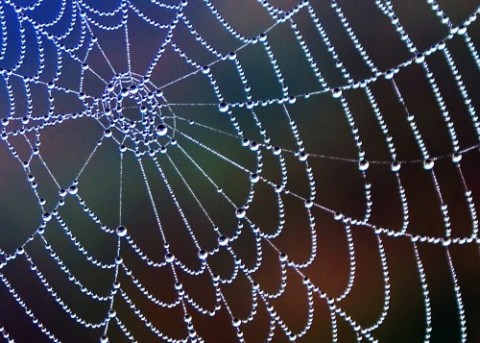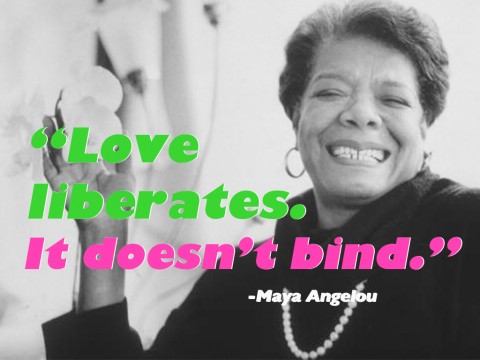Network Building: Bringing Together “The Barnyard”
June 17, 2015 Leave a commentStill fresh on the heels of the 5th annual Food Solutions New England Regional Food Summit, many attendees seem to be buzzing about the two days of conversation in Boston that focused on the 2060 Vision, racial equity commitment, food chain workers campaigns, and the challenge of creating “fair price” across the food system. It was my privilege to facilitate for a third year, and to help set the tone for the evolving spirit of regionalism and ongoing work of network building. I opened with the following story, which some of you may know well, and comments.
A Mouse Story
A mouse looked through the crack in the wall to see the farmer and his wife open a package. ‘What food might this contain?” The mouse wondered -he was devastated to discover it was a mousetrap.
Retreating to the farmyard, the mouse proclaimed the warning. “There is a mousetrap in the house! There is a mousetrap in the house!” The chicken clucked and scratched, raised her head and said, “Mr. Mouse, I can tell this is a grave concern to you, but it is of no consequence to me. I cannot be bothered by it.”
The mouse turned to the pig and told him, “There is a mousetrap in the house! There is a mousetrap in the house!” The pig sympathized, but said, ” I am so very sorry, Mr. Mouse, but there is nothing I can do about it but pray. Be assured you are in my prayers.”
The mouse turned to the cow and said “There is a mousetrap in the house! There is a mousetrap in the house!” The cow said, “Wow, Mr. Mouse. I’m sorry for you, but it’s no skin off my nose.”
So, the mouse returned to the house, head down and dejected, to face the farmer’s mousetrap alone.
That very night a sound was heard throughout the house–like the sound of a mousetrap catching its prey. The farmer’s wife rushed to see what was caught. In the darkness, she did not see it was a venomous snake whose tail the trap had caught. The snake bit the farmer’s wife. The farmer rushed her to the hospital, and she returned home with a fever.
Everyone knows you treat a fever with fresh chicken soup, so the farmer took his hatchet to the farmyard for the soup’s main ingredient.
But his wife’s sickness continued, so friends and neighbors came to sit with her around the clock. To feed them, the farmer butchered the pig.
The farmer’s wife did not get well; she died. So many people came for her funeral, the farmer had the cow slaughtered to provide enough meat for all of them.
The mouse looked upon it all from his crack in the wall with great sadness.
Moral of the story: When there’s a mousetrap in the house, the whole barnyard is at risk.
Welcome to the barnyard! The purpose in beginning with this story is not to have us all looking out for traps, but to remind us that we are very much in this together. Our starting points may be different, but our fates are undoubtedly connected. So whether you are coming from Berlin, NH or Bridgeport, CT, Bennington, VT or Boston, MA, Bangor, ME or Bristol, RI, your challenges and successes are not yours alone. And the success of this Summit is not the responsibility of the planning committee or presenters alone. In a very real sense, what we have done is set the table and are providing some of the dishes, but make no mistake, this is very much a potluck community meal, and we all have a hand in determining its ultimate flavor and nutritional value.
 In addition to help with design and facilitation of the Summit, my role is to support the ongoing work of the Network Team, which operates as one of the hosts of this event. Part of the Network Team’s chosen work is to help more in our region understand that whether or not we think of it this way, we are a network. We are already connected in ways we many not fully acknowledge and the extent to which we can be more aware and intentional about that, we create greater possibility. This is the work of network building. And that’s a big part of our opportunity here, today and tomorrow.
In addition to help with design and facilitation of the Summit, my role is to support the ongoing work of the Network Team, which operates as one of the hosts of this event. Part of the Network Team’s chosen work is to help more in our region understand that whether or not we think of it this way, we are a network. We are already connected in ways we many not fully acknowledge and the extent to which we can be more aware and intentional about that, we create greater possibility. This is the work of network building. And that’s a big part of our opportunity here, today and tomorrow.

It’s worth noting that at IISC we see a difference between network building and networking. Networking is often about connecting with others to help advance our own cause. That’s all good and natural. And for our purposes here and now and going forward, we’re looking at doing more than just that. Part of building networks is thinking like “network weavers.” What that means is not just thinking about advancing our own causes but also tuning in to the causes and interests of others and seeking to understand what ties us together.
Concretely, that means taking time to connect with and get to know one another, what brings us here, what our challenges and aspirations are, and then proceeding by introducing people to one another who would benefit from that connection. That’s what’s known as “closing triangles” in network speak and it’s what makes networks strong, creating new possibilities for information and resource flows, learning, partnership, and having one another’s backs.
If there’s anything that I’ve learned in supporting networks for social change for the last 10 years it’s that networks thrive when we lead with this kind of curiosity, generosity and a mind for creating abundance. That means not waiting for someone else to make the first move and responding in kind.
It means “seeing others as legitimate others” (this is how Humberto Maturana, the Chilean systems biologist, pictured above, defines “love”) giving one another the benefit of the doubt and remaining curious about who we are and who we want to become.
There are certainly numerous technical fixes and policy changes that are required to make our system more productive, prosperous, sustainable and just. And I am a firm believer in the power of the little decisions we make each day in terms of how we see, think about and treat one another. Imagine the benefit this could yield if we all engaged simultaneously. So consider the next two days an opportunity to practice “radical generosity,” “radical curiosity,” and what we at IISC call “love as a force for social transformation.”


